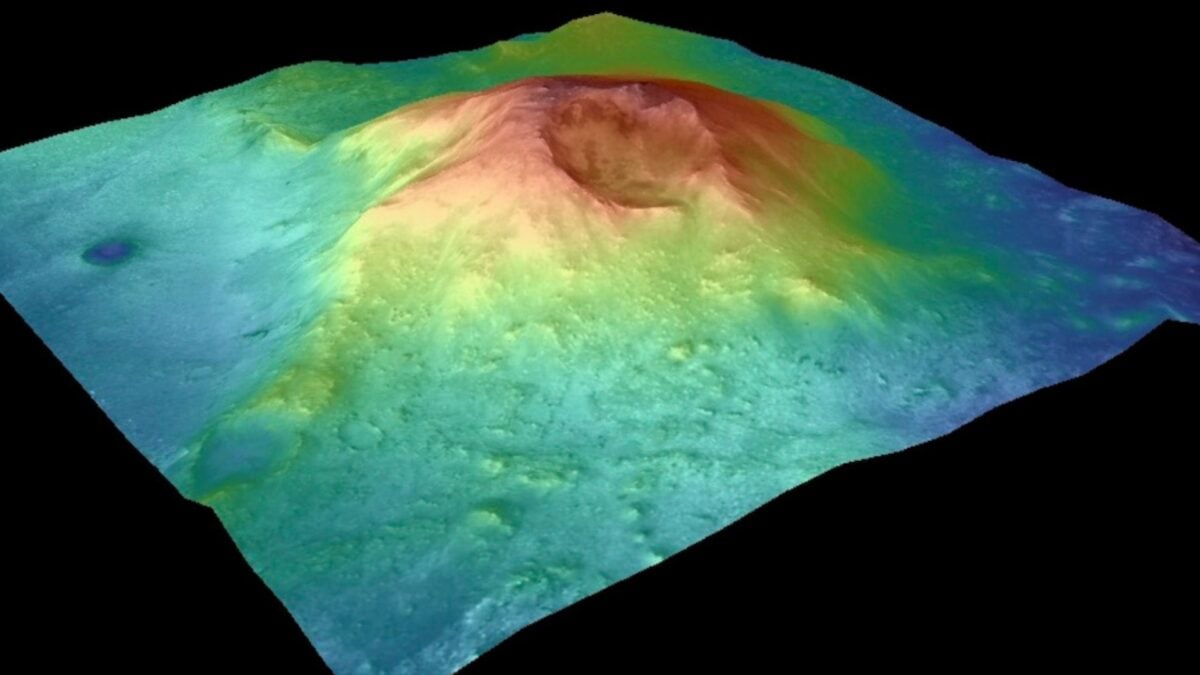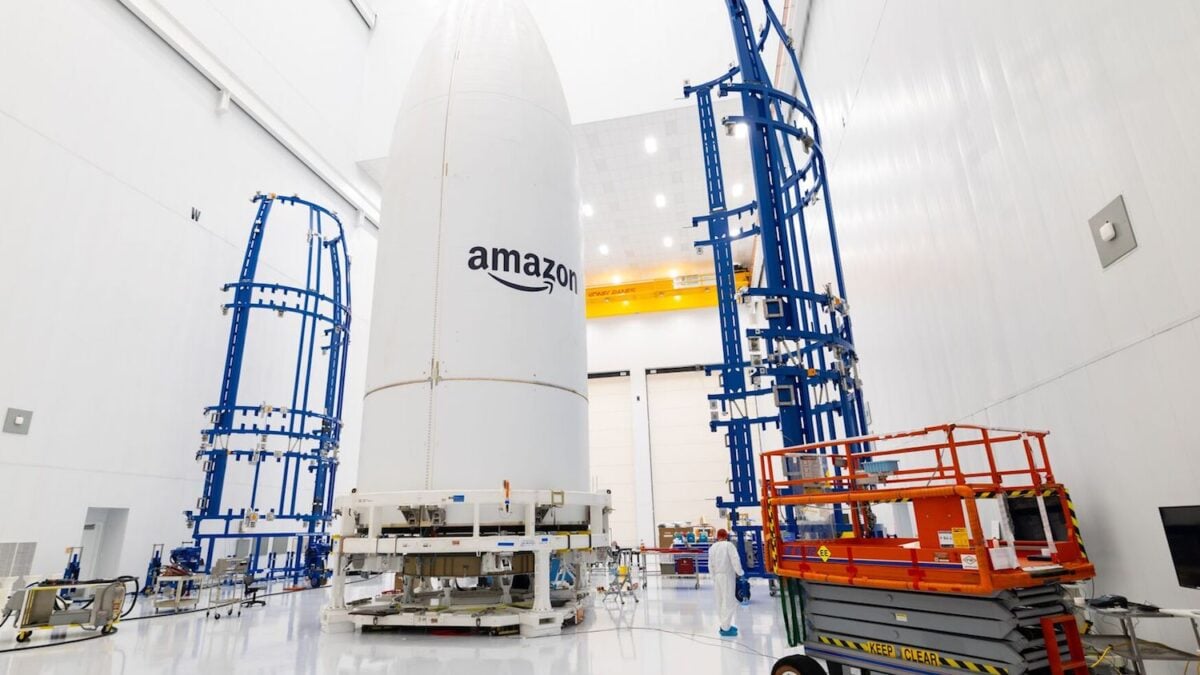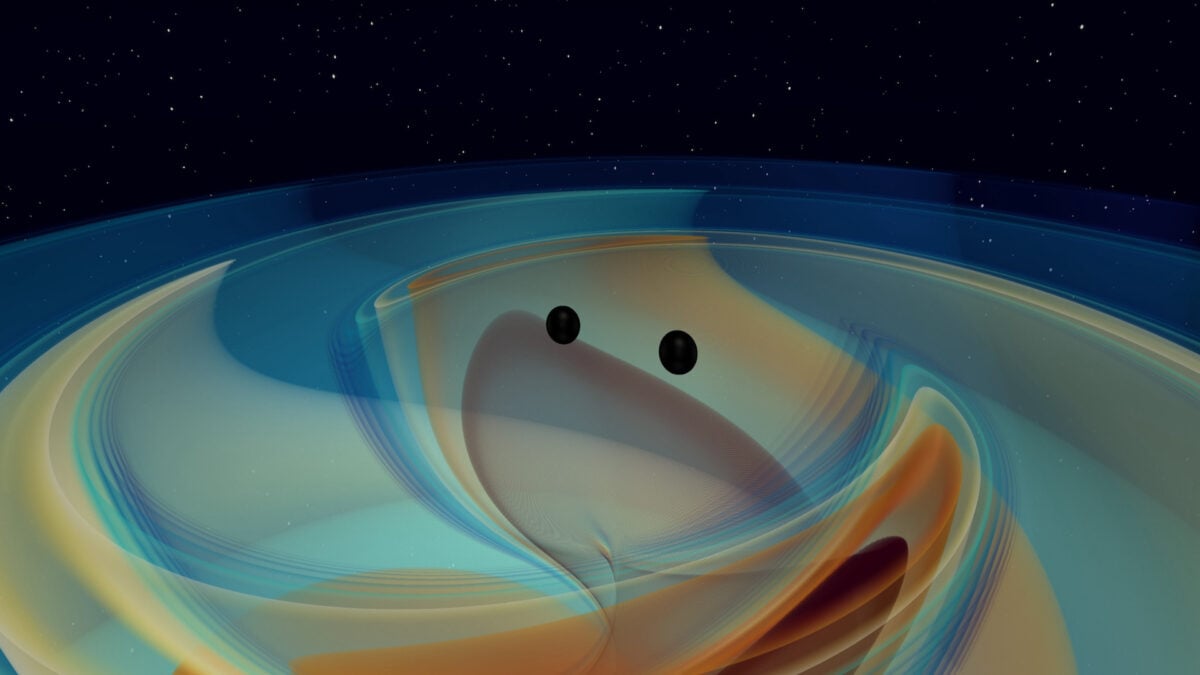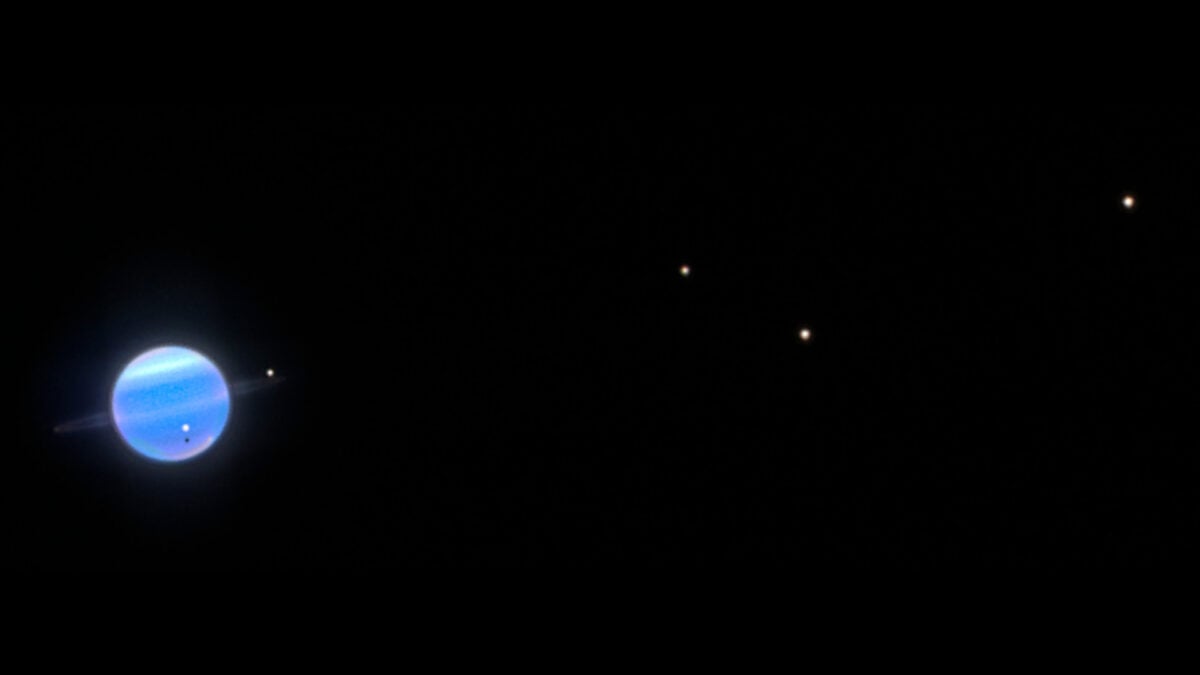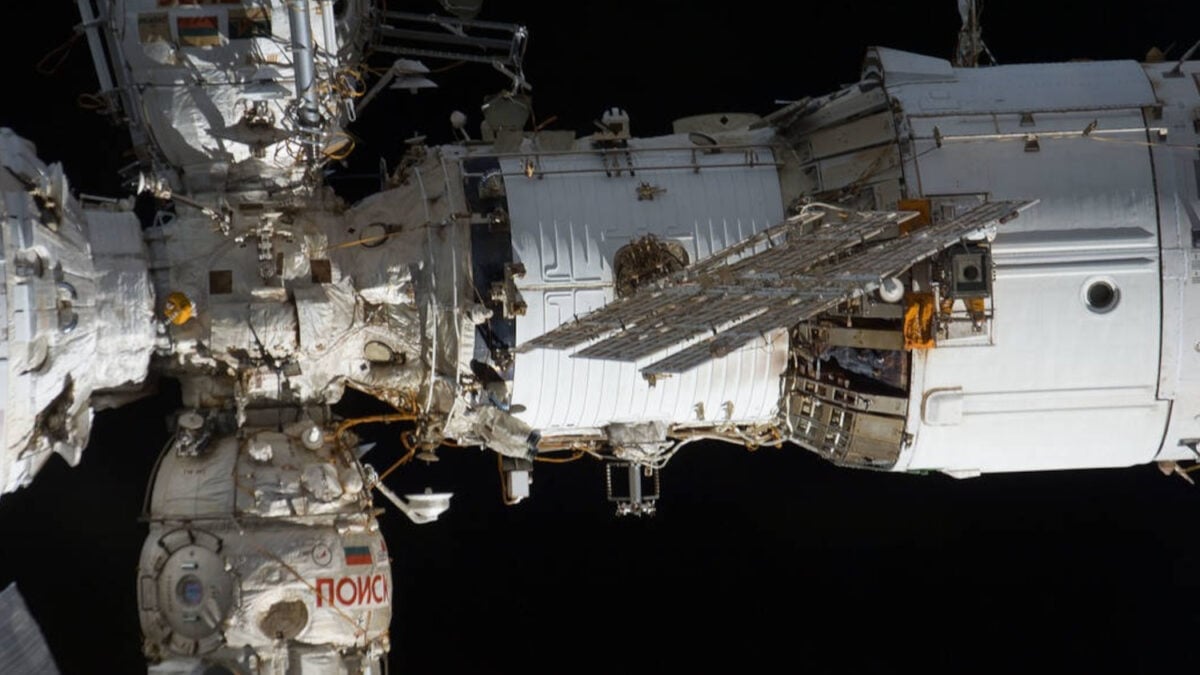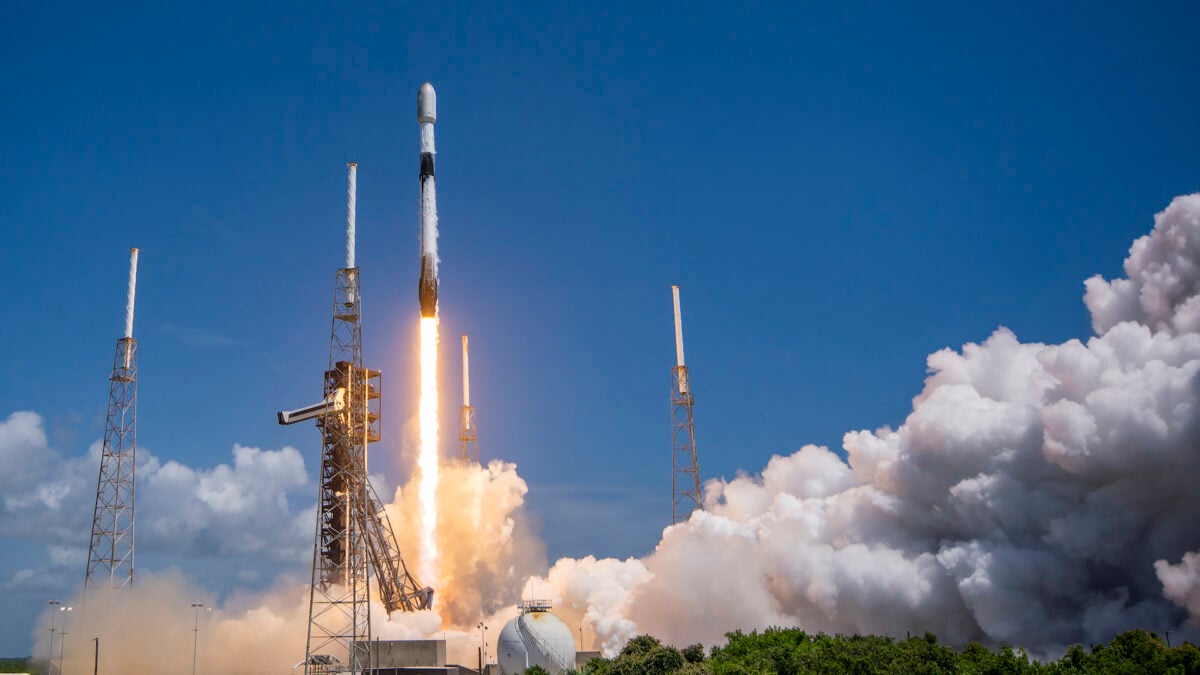For decades, our view of the Sun has been constrained by Earth’s orbital plane, leaving its polar regions largely unseen. Now, the Solar Orbiter mission has broken new ground, providing the first-ever direct images of the Sun’s south pole. These unprecedented observations, released by the European Space Agency (ESA), offer a unique look at the star’s chaotic magnetic field and reveal surprising complexities.
A New Perspective on Our Star
For decades, observing the Sun’s poles was challenging due to our Earth-bound perspective within the ecliptic plane. This offered clear views of the solar equator but left the polar regions as enigmatic blind spots. The Solar Orbiter, an ESA/NASA mission, has overcome this limitation. After a strategic Venus flyby on February 18, the spacecraft altered its orbit, achieving a vantage point 17 degrees below the solar equator a month later. This unprecedented angle provides the first direct images of the Sun’s south pole, crucial for understanding the Sun’s 11-year magnetic cycle and solar outbursts that can cause geomagnetic storms on Earth.
Unprecedented Polar Observations
Sami Solanki, leading the Polarimetric and Helioseismic Imager (PHI) team, described the Sun’s poles as “terra incognita.” Between March 16-17, Solar Orbiter used three key instruments for its polar observations: PHI (visible light), the Extreme Ultraviolet Imager (EUI) (ultraviolet), and the Spectral Imaging of the Coronal Environment (SPICE) (charged gas emissions).
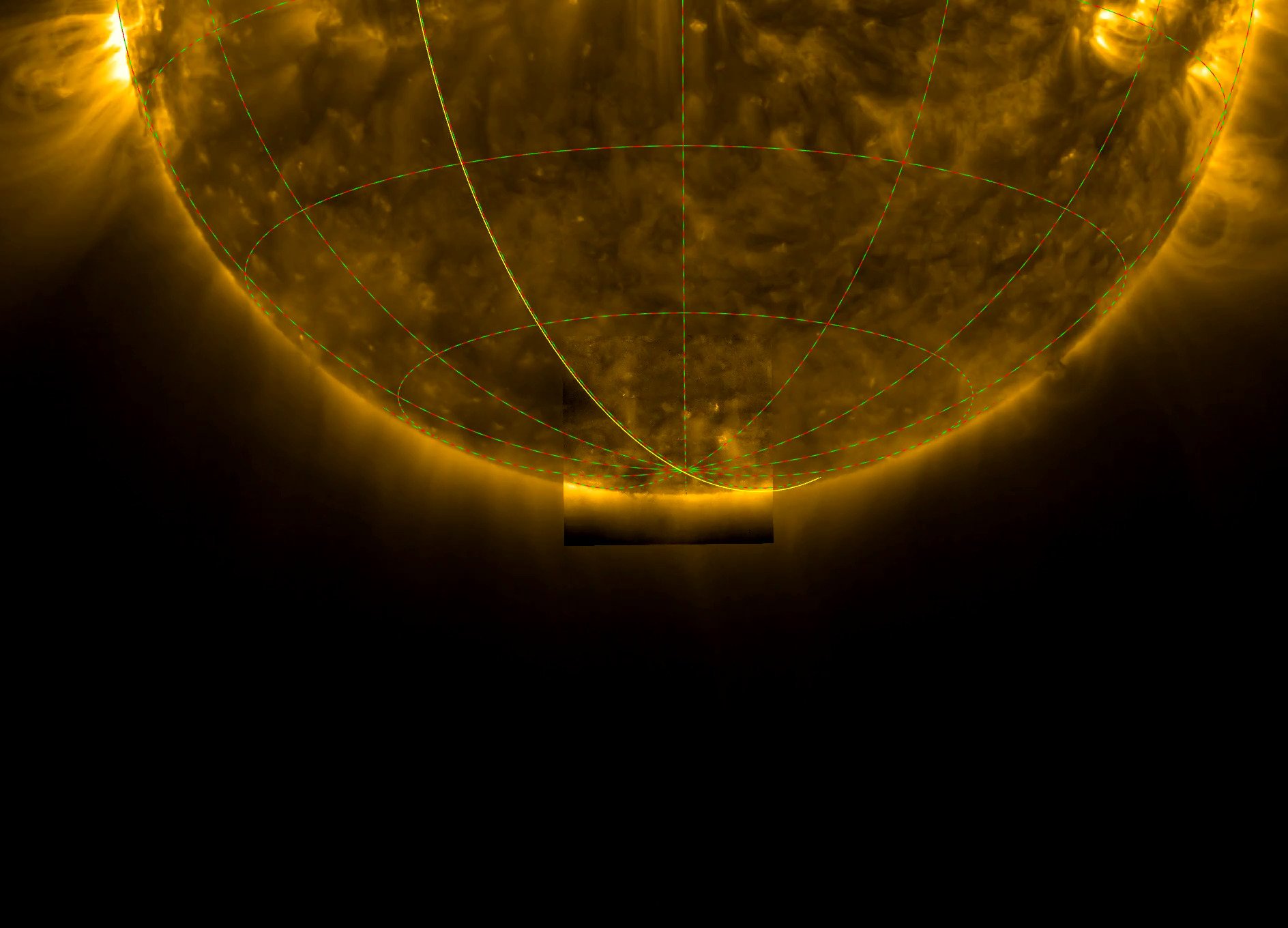 Solar Orbiter's detailed image of the Sun's south pole revealing complex magnetic activity
Solar Orbiter's detailed image of the Sun's south pole revealing complex magnetic activity
Combining data from these instruments, scientists observed the Sun’s south pole in a state of flux, with both north and south magnetic polarities surprisingly present. This finding is highly significant as the Sun approaches solar maximum, the period in its 11-year cycle when its entire magnetic field reverses polarity.
Decoding Solar Mysteries and Future Endeavors
Understanding the Sun’s polar magnetic field is key. After the magnetic flip at solar maximum, a single polarity slowly establishes itself at each pole by solar minimum. “How exactly this build-up occurs is still not fully understood,” Solanki noted, emphasizing Solar Orbiter’s timely arrival at high latitudes. The SPICE instrument tracks solar material movement using the Doppler effect, creating velocity maps to help explain faster polar solar wind. [internal_links]
 Collage from Solar Orbiter's SPICE instrument showing different atmospheric layers and material movement at the Sun's south pole
Collage from Solar Orbiter's SPICE instrument showing different atmospheric layers and material movement at the Sun's south pole
The mission continues. A December 2026 Venus flyby will tilt Solar Orbiter’s orbit to 23 degrees for enhanced polar views. ESA’s Daniel Müller expects these observations to “transform our understanding of the Sun’s magnetic field, the solar wind, and solar activity.”
Solar Orbiter’s groundbreaking images of the Sun’s south pole mark a new era in solar science. These initial findings not only reveal unexpected magnetic complexities but also pave the way for a deeper comprehension of our star’s behavior and its influence on the solar system. As the mission progresses, the scientific community eagerly anticipates further revelations. For more updates on space exploration and technological advancements, stay connected with MaagX.




